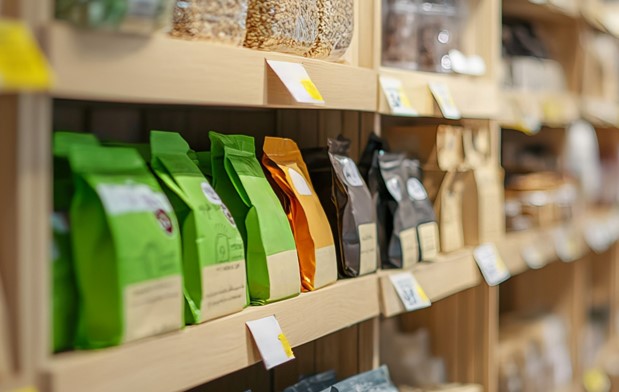Packaging OEM magazine recently interviewed Ray Wodar, global director business consulting for the CPG & Retail industry at Dassault Systèmes, about how CPG brand manufacturers can accelerate eco-friendly and sustainable packaging designs.
Here’s a brief Q&A with Ray’s responses to four (of a total of 11) critical questions regarding sustainable packaging efforts in the industry:
1. Beyond materials, what needs to be considered when creating a sustainable package design?
“When creating a sustainable package design, several factors beyond just the choice of materials need to be considered to minimize environmental impact and enhance overall sustainability. The design should be optimized to minimize the size and weight of the package to decrease material usage and excess packaging while still effectively protecting the product. A lighter product will also reduce transportation emissions in the supply chain. A thorough evaluation of the entire supply chain will help understand the environmental impact from production through to transportation and distribution. This includes considering how far materials and finished products need to travel and the associated carbon footprint of that journey. Considerations for end-of-product-life are critical as well. This involves designing for disassembly (if applicable), providing clear recycling or disposal instructions, and considering the lifecycle impact of the packaging once it has been discarded. Using materials that are widely accepted by recycling systems or that can biodegrade in industrial composting facilities is critical. For a brand manufacturer, the cost profile of the package will be very important so that tradeoffs between material cost, weight, and quality can be properly balanced to provide the consumer a great value while managing internal product margins.”

2. What are the regulatory pressures associated with sustainable packaging?
“Regulatory pressures related to sustainable packaging are increasingly influencing how companies design, produce, and manage packaging. These pressures come from various levels of government and regulatory bodies and can vary by region. Many regions are implementing extended producer responsibility (EPR) programs that require producers to take responsibility for the entire lifecycle of their packaging, including end-of-life disposal and recycling. Companies may need to manage or contribute to the costs of collection, recycling, or disposal. Several countries and states have introduced bans or restrictions on single-use plastics and certain types of packaging. Regulations might limit or prohibit the use of plastic bags, straws, or other single-use plastic items, pushing companies to seek alternative materials or packaging solutions. Governments are starting to set targets for waste reduction, recycling rates, or the reduction of packaging waste. Companies are often required to meet these targets or face penalties. For companies operating globally, international regulations and agreements, such as the European Union’s Packaging and Packaging Waste Directive, can affect packaging design and sustainability practices.”

3. How can 3D modeling software help?
“3D modeling software enhances the design process by providing a detailed, interactive platform to explore and optimize sustainable packaging solutions, leading to more effective and efficient design outcomes. 3D modeling software allows designers to create detailed visual representations of packaging designs. This helps in visualizing how sustainable materials and design choices will look and function in the real world before physical prototypes are made. Before creating physical prototypes, 3D models can be used to simulate how the packaging will behave under various conditions. This includes testing durability, functionality, and fit, which helps in optimizing the design for better performance with sustainable materials. More advanced 3D modeling tools can also integrate with lifecycle assessment (LCA) software to evaluate the environmental impact of packaging designs. This helps in understanding the potential environmental footprint of different design choices and materials.”

4. In a circular economy, does recycling of the package come into the design process?
“Yes, in a circular economy, the design process is significantly influenced by how the package will be recycled. The principles of a circular economy aim to minimize waste and make the most of resources. This requires considering the entire lifecycle of a product, including its end-of-life stage. Key considerations in the design process for packaging in a circular economy include choosing materials that are recyclable and can be separated easily from other components. Biodegradable or compostable materials might also be considered.”

Read the full interview from Packaging OEM magazine HERE
Also, explore deeper on the MODSIM topic for packaging and download a free ebook on our website.

